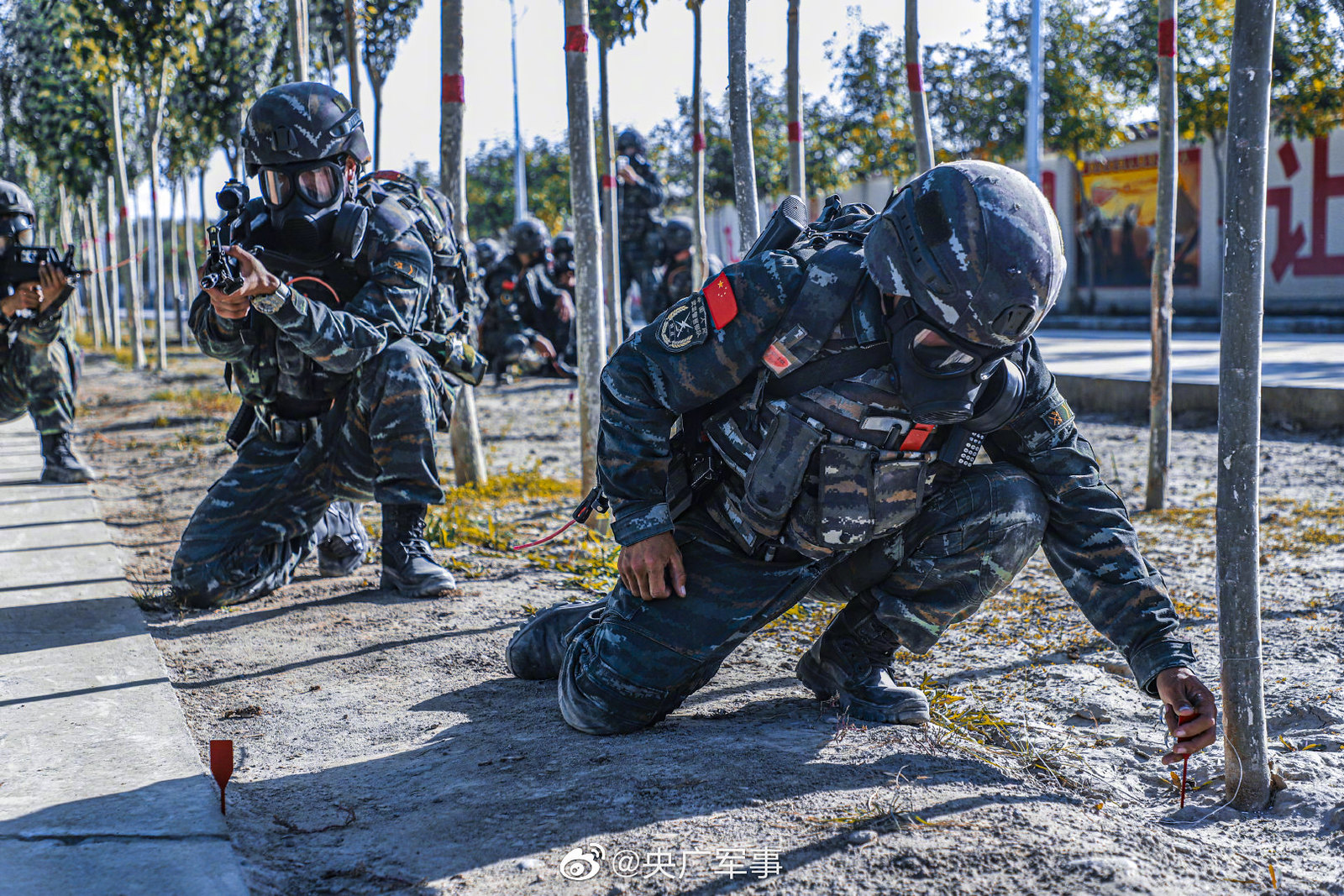The US haves a system where you simply pull a string on your chest. How do they compare?Yes, at 2:50, these is a demonstration of rapid release by pulling a rope hidden in the right side of the vest.
You are using an out of date browser. It may not display this or other websites correctly.
You should upgrade or use an alternative browser.
You should upgrade or use an alternative browser.
Infantry Combat Equipment (non-firearm): Vests, Body Armor, NVGs, etc.
- Thread starter by78
- Start date
Based on the design of the new ones and in comparison to the old ones used in UN peacekeeping ops, the new ones can definitely carry plates.Is this bullet proof vest with capability to carry plates or just load carrying vest to replace this old one?
View attachment 64461
plawolf
Lieutenant General
Close... The weight is redistributed. The wearer is wearing more load but it’s directed around the human skeleton as opposed to through it. This reduces the risk of shin splints and other skeletal damage. It’s analogous to wearing braces. It adds more support. However you are slower and heavier.
A Powered exoskeleton does the same but also ups the muscle involved so even more weight can be loaded or you could move faster. But at the cost of needing more power and engineering.
I think is much more advance than a mere brace. It is designed to transfer part of the weight of the wearer (and anything they are carrying) directly to the ground via the frame, so the bearer’s muscles do not need to carry the whole load, but I think there is also a semi-active powered element to this as well.
The reporter mentioned that it felt noticeably lighter when he was getting out of the car, which is a big clue, as with a brace, you will only feel the benefit when standing straight with a pack so the brace can take some of the load of the pack off your back.
In order for this to work, I think there is a slight mechanical delay in the downwards movement motions, but none on the upwards movements. So when you bend your knee while walking/running, your muscles relax, the frame partially supports the weight of your body and pack.
This best achieved by building in some sort of spring or fibre bundle into the thick thigh piece to store some of the energy from the downwards motion, to be released when your legs push upwards to give you limited powered assist on the way up as well.
That is the only way this system would give you real tangible benefits for the intended purpose (to allow medics to carry and walk/run with casualties over extended distances).
The active push up assist is probably what the tank climbing exercise is designed to help demonstrate - that with a wind up, the frame would allow soldiers to jump slightly higher than just their muscles can manage.
The frame would also serve as a shock absorber, to allow soldiers to jump safely from higher without risking injury if they lock their knees and let the frame take the brunt of the impact.
The IOTV is a simple pull to get it off, but it's a pain to get it back together again, if you have the opportunity to. The idea behind quick off of armor was less about getting to a wound for battlefield casualty and more for quickly getting the vest off if you got stuck needing to exit a vehicle or if you were somehow underwater and possibly drowning or you just needed to run faster and had no intention of fighting back. There were also concerns early on that someone you're fighting in cqc might be able to get at the release and pull it, unarmoring you, but that's honestly a bit unrealistic. The system shown in the video seems more complicated with 2 points to get at and release, but seems like you can salvage the armor as the IOTV just falls apart and you have to painstakingly rewire it.The US haves a system where you simply pull a string on your chest. How do they compare?
The ones the US uses now don't need all that process, you just clip the shoulder and tummy hooks. Plus, the issue of someone pulling it off in cqc is non existent as the rope can be set on two modes, one of which is specifically designed to avoid this issue. I just saw a tiktok of a soldier doing the demonstration and it really was very simple.The IOTV is a simple pull to get it off, but it's a pain to get it back together again, if you have the opportunity to. The idea behind quick off of armor was less about getting to a wound for battlefield casualty and more for quickly getting the vest off if you got stuck needing to exit a vehicle or if you were somehow underwater and possibly drowning or you just needed to run faster and had no intention of fighting back. There were also concerns early on that someone you're fighting in cqc might be able to get at the release and pull it, unarmoring you, but that's honestly a bit unrealistic. The system shown in the video seems more complicated with 2 points to get at and release, but seems like you can salvage the armor as the IOTV just falls apart and you have to painstakingly rewire it.
Complete video of exoskeleton and other gear for PLA medical corps.
Man those Bulletproof vest design are so horrible. who comes up with these ugly designs?Complete video of exoskeleton and other gear for PLA medical corps.
by78
General
Man those Bulletproof vest design are so horrible. who comes up with these ugly designs?
Have you considered becoming a cosmetologist?





